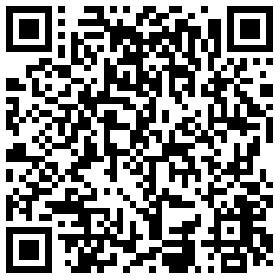By Timothy Sibasi-Feature Writer, based in Kampala Uganda
A study conducted by the journal Royal Society Crisis, showed that 60% of the world’s largest land mammals are near extinction, due to high demand for bushmeat or game meat in Africa. More than 300 species are at risk of getting wiped out.
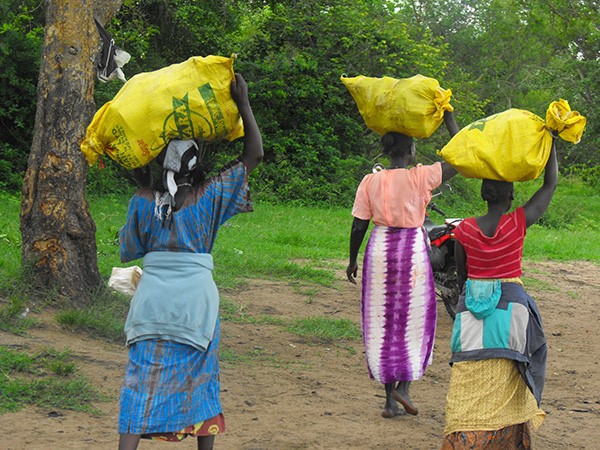
Tropical Africa, Uganda, Kenya, Democratic Republic of the Congo (DRC), South Sudan and Gabon are the most hard-hit countries.
Lead author William Ripple and professor of ecology at Oregon State University said, "These were surprising results and alarming results. I wasn't expecting to find so many species were among the major threat. If we go ahead with business as usual, we're going to have many regions suffering from a lack of animals."
The life of mammals in Uganda is also threatened by the issuance of unregulated trading licenses of game meat by the Uganda Wildlife Authority.
Restaurants serving sea food and bushmeat have also increased poaching for animals such as warthogs, rhinos, Hippos, elephants, Uganda Cobs, snakes, crocodiles, tortoises, and many other edible wildlife animals.

Women who are central suppliers in the bushmeat trade loading their bushmeat packed in Yellow and White sacks on to a tourist vehicle in Murchison Falls National Park. (Photo/Timothy Sibasi)
In Africa, the main reason for hunting is to obtain meat for food coupled with medicinal products, ornamental use and the live pet trade.
In parts of West Africa and North Africa the unregulated hunting has resulted in targeting wild animals like clouded leopards, tigers, bactrian camels, long-beaked echidnas, and pangolins for bushmeat.
Analyzed Statistical Data
The International Union for Conservation of Nature has released data, which claims one-fourth of the world's roughly 4,500 land mammals are near extinction. Prof. Ripple and his team analyzed individual species from the list and identified 301 threatened mammal species for which a primary threat is being shot or trapped by humans.

Hunter arrested in Murchison Falls National Park, with a Machete used to kill wild animals and with firewood. (Photo/Timothy Sibasi)
Dr. Nicholas Okello from Makerere University school of Vetnary Medicine said, "This group of heavily hunted mammals represents…approximately 7 percent of all assessed terrestrial mammals and approximately 26 percent of all threatened terrestrial mammal species on the Earth.”
Just 2 percent of mammals have populations that are stable or increasing. The largest animals, those weighing more than 2,200 pounds, are most at risk of extinction.
Why Poaching is on the rise in Africa?
It's fueled by rising human populations in developing countries, improved weaponry and transportation, and overseas demand for exotic bushmeat and other body parts trafficked by global criminal syndicates.
Bushmeat hunting not only depletes species but also threatens human health and economic well-being, said researchers. Subsistence hunters must compete with commercial poachers, for example, creating food insecurity in some areas. Wildlife loss can drive away tourism, and infection from slaughtered animals has sparked deadly pandemics, including AIDS/HIV and Ebola.
Some local authors proposed "five conservation actions" to combat the problem, including enhanced law enforcement and increased penalties for poaching and special hunting rights for local communities.
Who are the players and suppliers behind Uganda's Bushmeat trade?
A study to analyze the socioeconomics of the Bushmeat hunting in Uganda conducted in 2009 focused on major hunting sites, namely: Kampala, a major urban center, Queen Elizabeth Conservation Area (QECA), Rwenzori Mountains National Park (RMNP), Murchison Falls Conservation Area (MFCA), and Kafu River Basin which represent a broad range of habitats from savanna to woodland to forest. It unmasked players and suppliers in the lucrative Bushmeat hunting trade in Uganda.
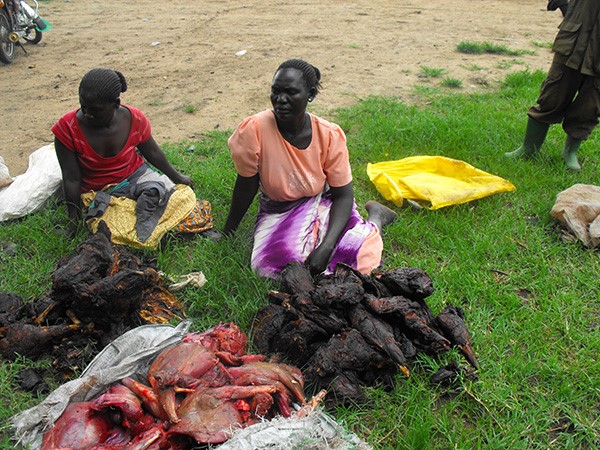
Women suppliers of bushmeat selling both red meat and roasted bushmeat in the Murchison falls National Park, behind them is a compromised park ranger. (Photo/Timothy Sibasi)
The study reveals that there are two central players in the bushmeat, the hunters and traders. The hunters supply more in Masindi (around the Kafu region), Kasese (between the Queen Elizabeth National Park and the Rwenzori National Park), Gulu (around Murchison falls national park and the Kidepo National Park) and Mbarara (around Lake Mburo game reserve) while the traders supply more in Kampala.
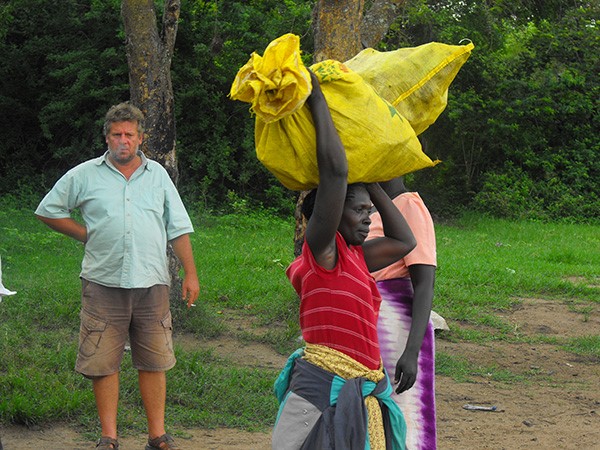
Tourist looks on as women suppliers walk in front of him carrying packed bushmeat in yellow sacks. (Photo/Timothy Sibasi)
How Bush meat is sold?
Bush meat is mostly sold from house to house, through weekly and daily markets and also supplied to restaurants nationwide.
How traders beat security?
Bushmeat traders have unusual methods of concealing the illegal trade. They transport bush meat by tying it polythene bags, and then they put the bags in sacks and pack the sacks on vehicles carrying charcoal.
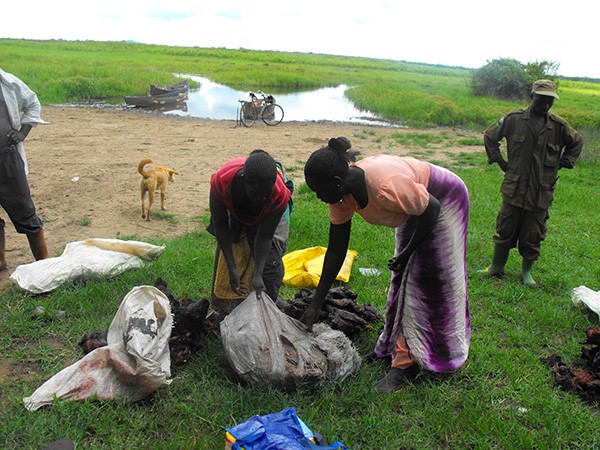
Compromised pack ranger looks on as women suppliers of bushmeat offload for sale, on the right is a hunter. (Photo/Timothy Sibasi)
Other methods include carrying bushmeat openly but disguising it as, beef and goat. They also put bushmeat in brief cases as clothes.
An insider revealed in an interview that most brief cases crossing Karuma Bridge going to Kampala have bushmeat. "The security people will be shocked to find that a brief case is as heavy as 25 kilograms," Tom Kidega an insider in bushmeat trade said.
Co-existence
Stake holders should invest in the co-existence of animals and humans especially in Albertine Grabben where most protected areas are located.
Convert the hunters
All communities around protected areas have members who are well known as hunters. They should be converted into wild life protectors.
In the alternatives
Uganda Wildlife Authority and the Uganda government should work towards giving players and suppliers in the bushmeat trade, returns from tourism and encouraging them to start raising chicken, goats, ship, pigs and fish.
(The opinions expressed here do not necessarily reflect the opinions of Panview or CCTV.com. )

Panview offers a new window of understanding the world as well as China through the views, opinions, and analysis of experts. We also welcome outside submissions, so feel free to send in your own editorials to "globalopinion@vip.cntv.cn" for consideration.





